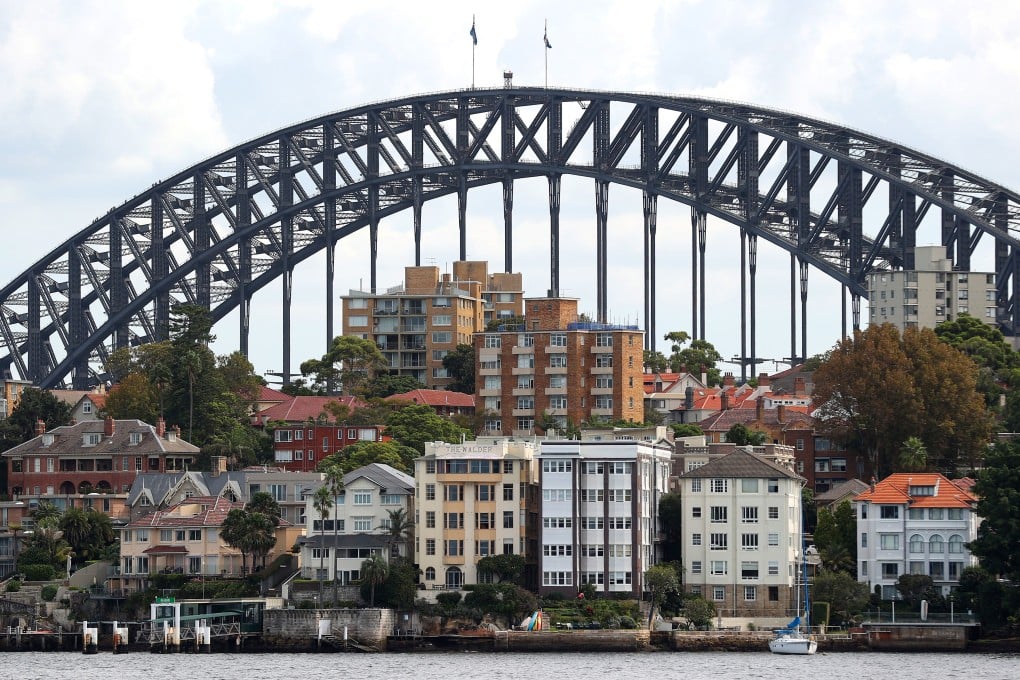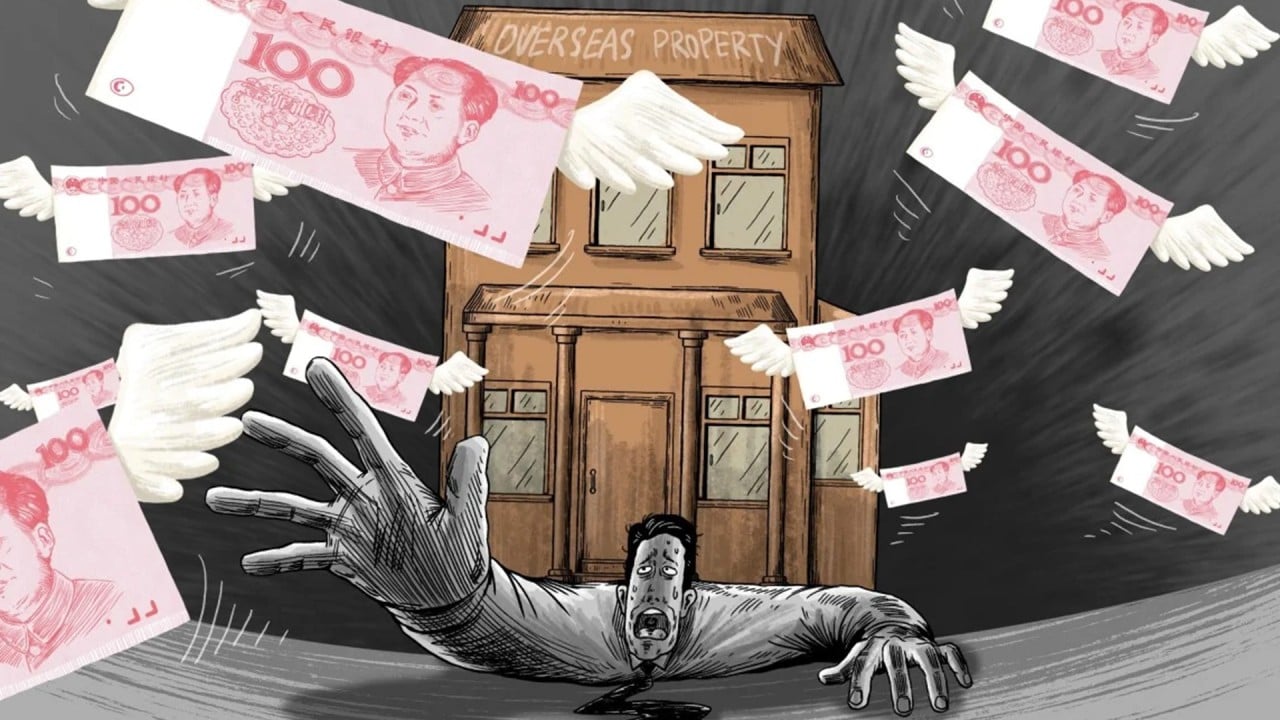Advertisement
The View | Why Asian buyers’ love of Australia’s property market endures
- Deteriorating affordability has left many Australians struggling in the housing market, but foreign buyers’ interest remains strong
- Record migration, China’s housing crisis, Australia’s stability and Asian private wealth’s influence are driving the surge in purchases
Reading Time:4 minutes
Why you can trust SCMP
0

These are tough times for first-time homebuyers and renters in Australia. Housing affordability continues to deteriorate. The combination of a sharp increase in interest rates, an unexpectedly brisk recovery in house prices and a dramatic rise in rents has exacerbated the crisis in the country’s housing market.
The price gap in median home values between Sydney – the most expensive capital city – and Melbourne has widened further, reaching a record high of A$343,000 (US$224,000) in October last year, according to a report published by CoreLogic and Australia and New Zealand Banking Group last November.
Australia’s commercial property sector faces challenges of a different kind. Transaction volumes last year fell to their lowest level in a decade, partly because of a stand-off between buyers and sellers. Foreign investors deployed less capital last year than in 2020, when Australia’s international borders were sealed because of the Covid-19 pandemic, according to MSCI data.
Yet Australia’s appeal to many Asian buyers endures, and by some measures it is growing. While the heyday of Chinese investors pouring huge sums of money into Australian residential property is long gone, Chinese buyers are back.
In the second quarter of last year, mainland China was the largest source of investment for approved residential property investment proposals. Both the number and value of transactions rose sharply compared with the previous quarter, according to data published by Australia’s Treasury last November.
This chimes with survey data published by National Australia Bank showing that foreign buyers accounted for 11 per cent of purchases of newly built homes in the final quarter of last year, the fifth straight quarterly rise and the highest proportion since 2017. The proportion rose to 15 per cent in New South Wales, while in Western Australia it hit a record high of 14.2 per cent.
Advertisement
Select Voice
Choose your listening speed
Get through articles 2-3x faster
1.1x
220 WPM
Slow
Normal
Fast
1.1x

